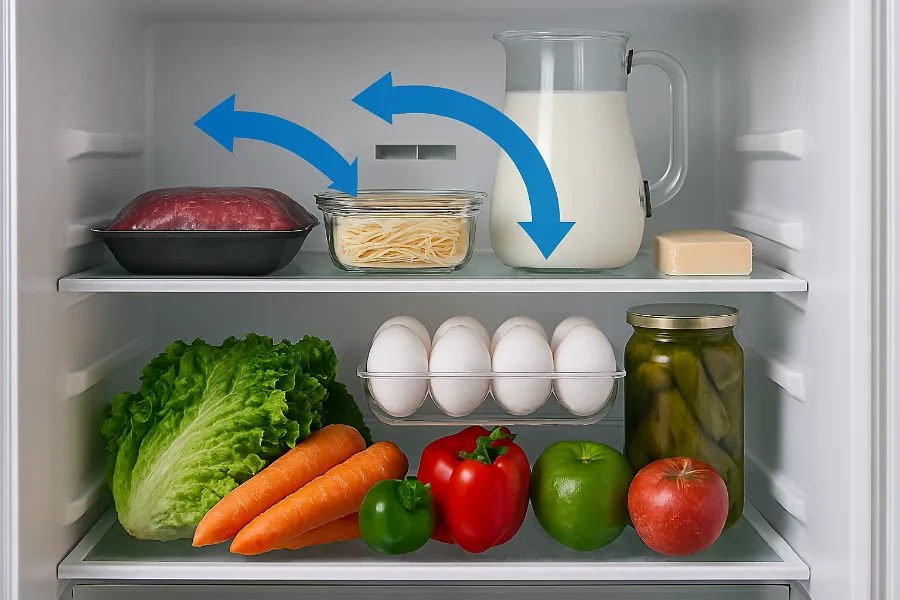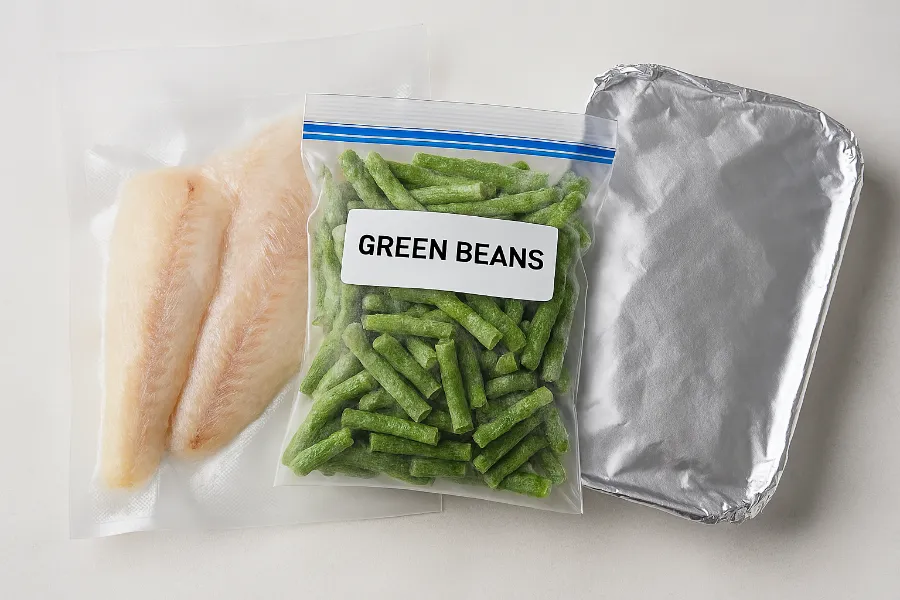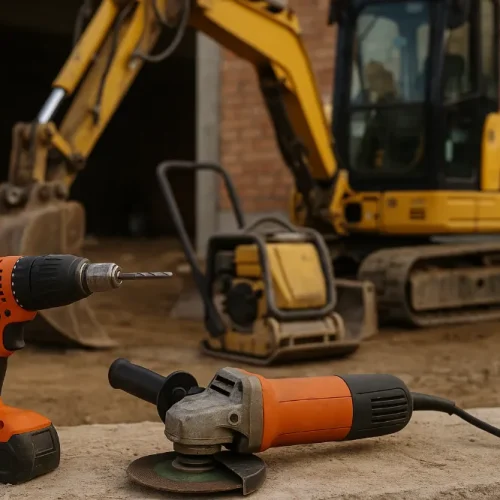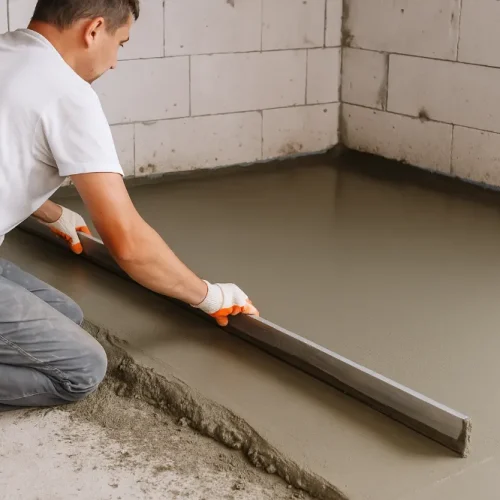
Have you ever opened your fridge expecting crisp lettuce or chilled milk—only to find it frozen solid? You’re not alone. The problem of refrigerator freezing food is surprisingly common and frustrating. From ruined produce to cracked containers, it can waste money and make meal prep a headache. Luckily, with the right know-how, you can stop your fridge from acting like a freezer. Let’s dive into the causes, solutions, and prevention tips to keep your food safe and fresh.
Understanding Why Your Refrigerator Freezes Food
Common causes of food freezing in the fridge section
Your refrigerator is designed to keep food just above freezing, usually around 37–40°F. But when it slips below that point, certain items—especially those near the back or vents—can freeze. The main culprits include:
- Incorrect thermostat settings
- Blocked air vents
- Faulty sensors or dampers
- Overstuffed shelves restricting airflow
The role of temperature settings
Even a one-degree difference matters. If your fridge is set too low, food at the edges and near vents can freeze first. The ideal setting is 37–40°F (3–4°C) for the refrigerator and 0°F (-18°C) for the freezer. Anything lower, and you risk frozen milk or icy vegetables.
Differences between freezer burn and accidental freezing
It’s easy to confuse the two. Freezer burn is when improperly wrapped food in the freezer loses moisture, creating dry, leathery patches. Accidental freezing in the fridge, however, is due to temperature imbalance. One signals storage issues; the other points to appliance malfunction.
Troubleshooting Refrigerator Freezing Food Issues
Checking and adjusting thermostat controls
Start simple: verify your thermostat. If your fridge has a digital control panel, reset it to 37°F. For manual dials, aim for the middle setting, then monitor with a fridge thermometer for accuracy.
Proper placement of food inside the fridge
Certain zones of your refrigerator are naturally colder. Items placed near air vents or the back wall often freeze first. Keep sensitive items like eggs, dairy, and produce closer to the center shelves.
When the air vents cause freezing
Airflow is key. Cold air blown from the freezer into the fridge can create pockets of extreme cold. Avoid blocking vents with containers. If freezing persists, the damper (which controls airflow) may be faulty.
Signs your refrigerator’s sensor or damper is faulty
A broken damper can allow too much cold air into the fridge. Similarly, a defective temperature sensor can misread conditions and overcool. If you notice uneven cooling—like frozen lettuce but warm drinks—it’s time to investigate further or call for service.

Best Practices to Prevent Refrigerator Freezing Food
Ideal fridge and freezer temperature settings (USDA guidelines)
- Refrigerator: 37–40°F (3–4°C)
- Freezer: 0°F (-18°C)
Keep an appliance thermometer inside both sections to track accuracy.
Organizing food to promote airflow
- Leave 1–2 inches of space between items for circulation.
- Avoid overpacking shelves.
- Place leftovers in shallow, stackable containers to cool evenly.
Storing fruits, vegetables, dairy, and meats correctly
- Vegetables: Use the crisper drawer at slightly higher humidity.
- Fruits: Store in a separate crisper drawer to prevent ethylene gas from spoiling vegetables.
- Dairy: Keep milk and cheese on middle shelves, not the door.
- Meat: Store raw meats on the bottom shelf to avoid drips and freezing.
Using the crisper drawers effectively
Adjust the humidity sliders:
- High humidity for leafy greens (prevents wilting).
- Low humidity for fruits (slows down ripening).
Long-Term Food Storage Tips
Which foods freeze well vs. which don’t
Foods that freeze well:
- Meats, poultry, and fish
- Butter and cheese (hard varieties)
- Bread and baked goods
- Many vegetables (blanched first)

Foods that don’t:
- Lettuce
- Soft cheeses
- Cream-based sauces
- Eggs in shells
How to wrap and seal food to prevent freezer burn
Use airtight methods like:
- Vacuum sealing
- Freezer-safe bags with air removed
- Heavy-duty foil or plastic wrap around containers
Freezing in glass, plastic, or freezer bags safely
Glass jars can be tricky—choose straight-sided ones and leave headspace to prevent cracking. Freezer bags are space-saving, while rigid plastic containers protect delicate foods like soups or casseroles.
Labeling and rotating food for freshness
Always mark the date and contents. Use the “first in, first out” rule: eat older items before newer ones.
Frequently Asked Questions on Refrigerator Freezing Food
Is frozen food from the fridge still safe to eat?
Yes, as long as it hasn’t been sitting at room temperature afterward. Texture may suffer, but safety isn’t usually compromised.

Why does my fridge freeze only certain foods?
Uneven cooling, blocked vents, or poor placement often cause selective freezing.
Can milk and eggs be frozen safely?
- Milk: Yes, though it may separate after thawing. Shake well before use.
- Eggs: Not in shells. Crack them into containers before freezing.
How long do different foods last once frozen?
- Meat: 4–12 months
- Poultry: 9–12 months
- Soups & stews: 2–3 months
- Bread: 2–3 months
When to Call a Professional
Refrigerator part failures that cause freezing
- Broken temperature sensor
- Damaged damper
- Faulty control board
- Malfunctioning thermostat
Maintenance and repair tips
- Clean condenser coils twice a year
- Defrost manually if frost builds up
- Replace door seals if they don’t close tightly
Deciding between repair vs. replacement
If your fridge is more than 10–12 years old and repairs are costly, replacement may be more economical in the long run.
Final Thoughts on Refrigerator Freezing Food
Dealing with a refrigerator freezing food issue can be annoying, but it’s usually fixable. With a combination of proper temperature settings, organized storage, and regular maintenance, you can keep your fridge running smoothly and your food at the perfect temperature. If problems persist, don’t hesitate to call a professional—your groceries and your sanity are worth it!













